7 Good Stocks to Own in a Bad Market
Despite punk corporate profits, the stock market has recovered nearly all of the losses it suffered earlier this year and is trading near record highs.
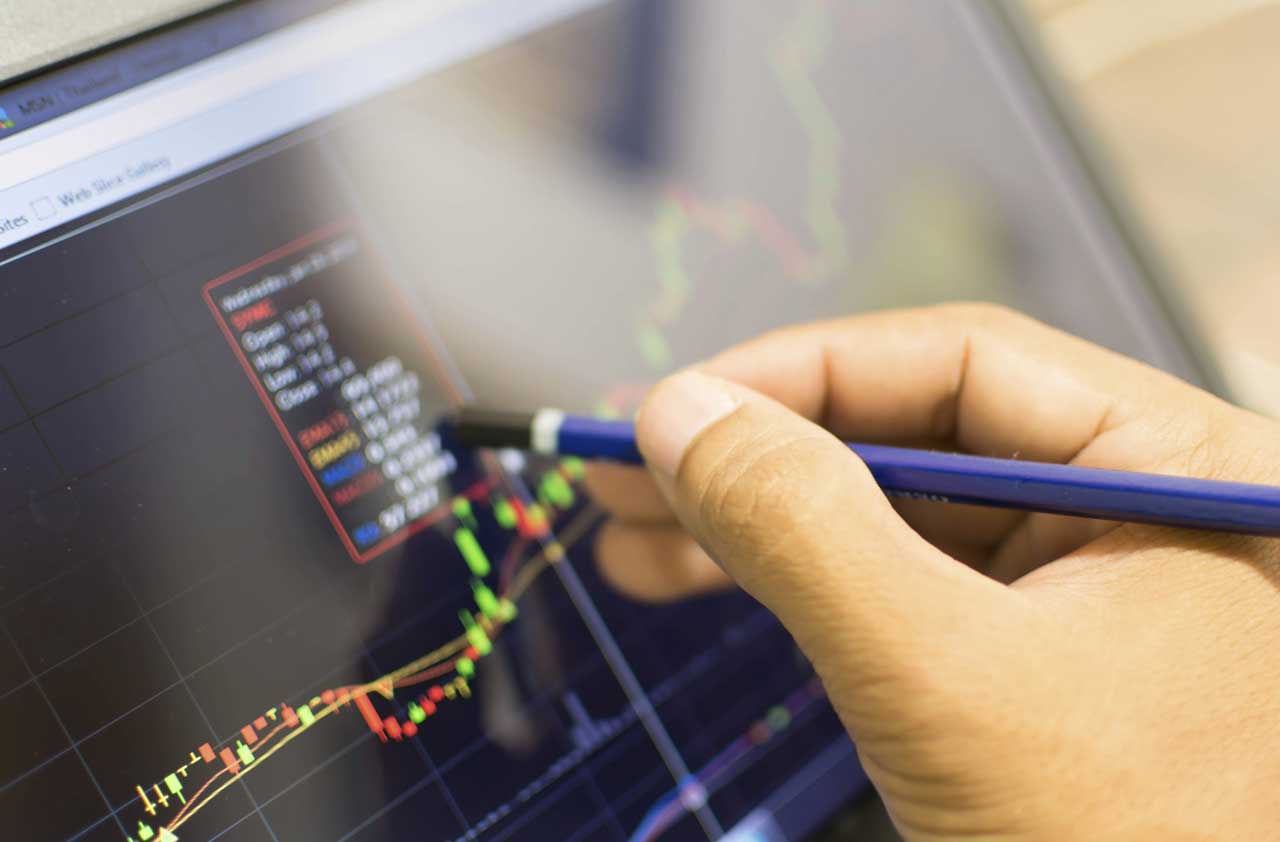

Despite punk corporate profits, the stock market has recovered nearly all of the losses it suffered earlier this year and is trading near record highs. Stocks look expensive, particularly on a price-earnings basis. Meanwhile, yields on bonds and money market funds continue to range from poor to pathetic. What’s an investor to do?
One solution is to build a portfolio of low-volatility stocks. Should the market suffer another correction—or worse—low-vol stocks should hold up better than other issues. The problem is that lately low-vol stocks have been as popular as Scarlett O’Hara at a picnic, causing investors to bid up their prices to sometimes-uncomfortable levels.
And keep in mind that low volatility combined with high valuations will probably translate to lower long-term returns, says John Ameriks, global head of Vanguard’s Quantitative Equity Group. “When the market is down, we expect this strategy to not suffer as much, but there’s a flip side,” he says. “When the market moves up sharply, a low-volatility portfolio probably won’t match it.”
We've identified seven low-vol stocks that should hold up better than the overall market when the bear returns. For each stock, we list its five-year beta, a measure of how closely performance tracks Standard & Poor’s 500-stock index. A beta of 1 suggests a close link with the index; a beta of 0.1 suggests almost no connection. We also list five-year relative volatility, which shows how much a stock’s price has swung up and down over the past five years relative to the swings in the S&P 500. A figure of, say, 1.1 suggests that the stock has been only 10% more volatile than an index consisting of 500 stocks—a neat trick.
Prices and related data are as of April 25. Price-earnings ratios are based on estimated year-ahead profits.
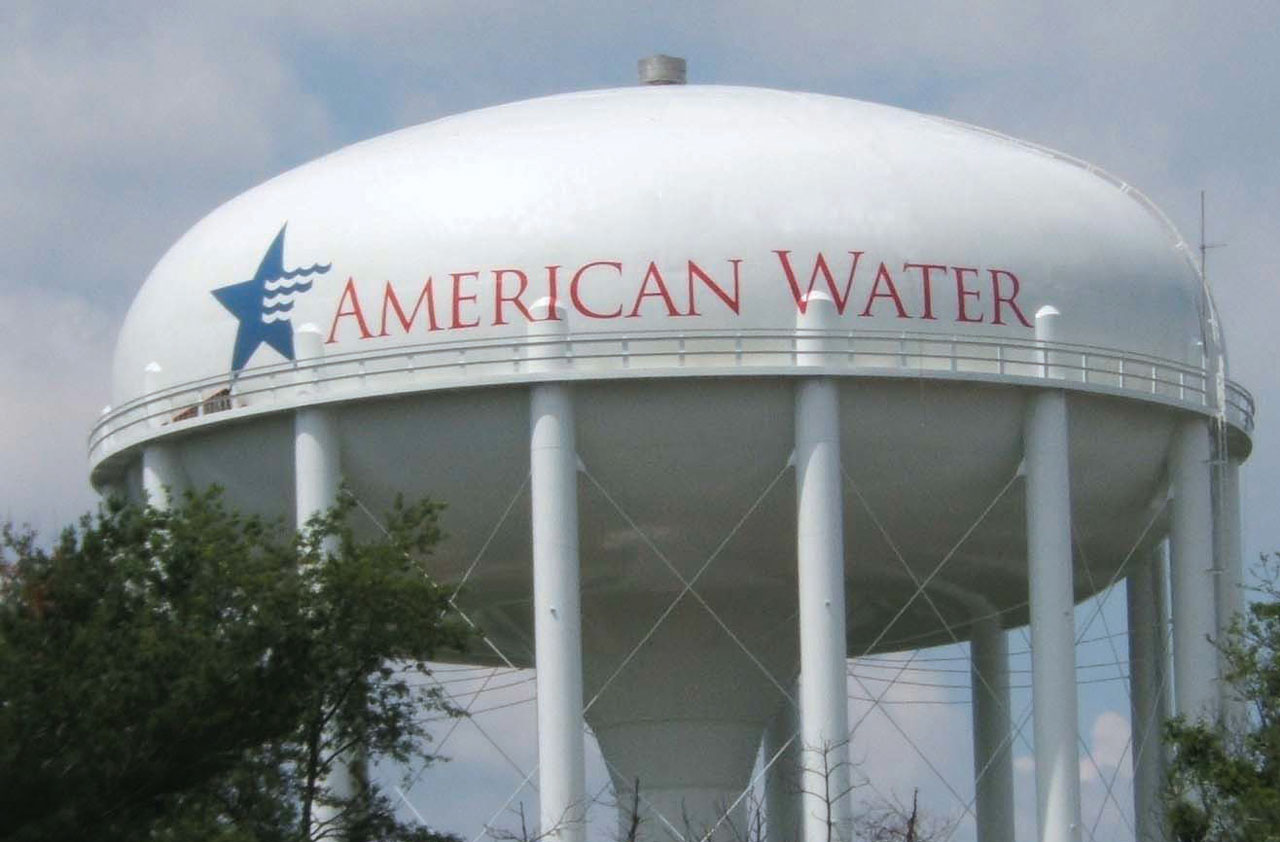
American Water Works
- Share price: $70.80Market capitalization: $12.6 billionFive-year beta: 0.17Five-year relative volatility: 1.03One-year total return: 30.1%Estimated earnings per share: 2016, $2.82; 2017, $3.04Price-earnings ratio: 25Current yield: 1.9%
- American Water Works (symbol AWK) is the nation’s largest publicly owned water utility, serving some 15 million people in 47 states.
Regulated operations account for 88% of the company’s revenues, which are growing slowly. What makes American Water notable is that it has been so successful at winning approval for rate increases that profits have increased at roughly twice the rate of revenue growth. And both earnings and dividends are expected to rise 8% to 10% annually over the next two years, says Angie Storozynski, an analyst with Macquarie Capital, an investment banking firm. She acknowledges that the stock is pricey, but it’s nonetheless attractive because of the company’s projected earnings and dividend growth. “It’s a premium story in a premium sector,” says Storozynski. “There is rarely anything that could disturb you about this company.”
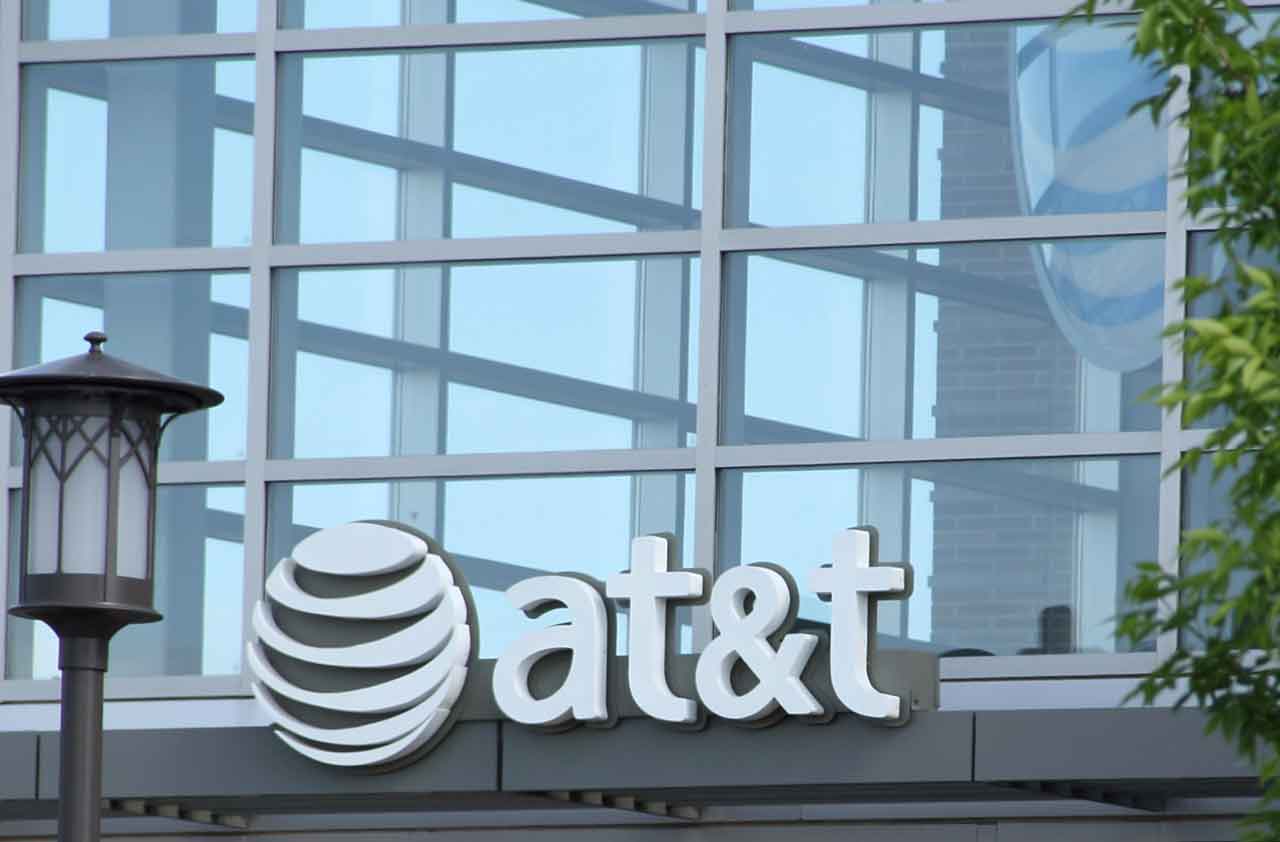
AT&T
- Share price: $38.21Market capitalization: $235.0 billionFive-year beta: 0.30Five-year relative volatility: 1.09One-year total return: 17.9%Estimated earnings per share: 2016, 2.84; 2017, 2.98Price-earnings ratio: 13Current yield: 5.0%
With 90% of Americans already using cell phones, wireless telecommunications is a mature industry in which the big players slug it out to win small increases in market share. That’s not a formula for dynamic growth, but it’s worth your while to invest in a stock that boasts a 5% dividend yield, says analyst David Burks, of Hilliard Lyons, a brokerage and money management firm.
Although growth has stalled at U.S. wireless Verizon Communications (VZ), AT&T’s (T) sales and earnings have started to move forward thanks, in part, to its purchase of DirecTV last year. With profits expected to climb roughly 5% per year over the next two years, AT&T is a solid choice for income-oriented investors, says Burks. Another plus: The company has hiked its dividend every year since gaining its independence as part of the breakup of the Bell System in 1984.

HealthCare Services Group
- Share price: $36.80Market capitalization: $2.7 billionFive-year beta: 0.61Five-year relative volatility: 1.47One-year total return: 17.0%Estimated earnings per share: 2016, $1.08; 2017, $1.23Price-earnings ratio: 34Current yield: 2.0%
- SEE ALSO: Stocks Paying Dividends for 100 Years or More
With annual revenues of $1.4 billion and a stock market value of $2.7 billion, HealthCare Services Group (HCSG) is the smallest of our picks. The company provides cleaning, laundry and food services to nursing homes, rehabilitation centers, retirement homes and hospitals.
HealthCare Services is not exactly a household name, but it has about 75% of the market share in its business, says Brett Reiner, associate manager of Neuberger Berman Genesis Fund. Yet the company still has room for growth because most nursing homes and other health care facilities don’t outsource their laundry, cleaning and cafeteria operations. In an environment in which companies are having trouble generating profit and revenue growth, HealthCare Services’ first-quarter results sparkled. The company reported that revenues and earnings increased 8% and 18%, respectively, from the same period a year earlier. Analysts expect both earnings and revenues to rise at a double-digit pace for at least the next two years.

Lockheed Martin
- Share price: $226.30Market capitalization: $69.1 billionFive-year beta: 0.61Five-year relative volatility: 1.16One-year total return: 19.1%Estimated earnings per share: 2016, $11.80; 2017, $13.69Price-earnings ratio: 19Current yield: 2.9%
- SEE ALSO: Great Dividend Stocks for Income Investors
A slowdown in spending on military weapons may harm other defense contractors, but analysts at the Value Line Investment Survey believe Lockheed Marting (LMT) will generate healthy growth, thanks in part to its recent acquisition of helicopter maker Sikorsky.
Analysts expect Lockheed’s earnings to climb by 9% this year and 16% in 2017. Lockheed announced in January that it will combine its information-systems group with Leidos, a Virginia-based technology-security company, and spin off the combined entity to shareholders. As part of the deal, Lockheed will get $1.8 billion in cash, and Lockheed shareholders will get controlling interest in the new company.

Pool Corp.
- Share price: $89.41Market capitalization: $3.8 billionFive-year beta: 0.84Five-year relative volatility: 1.72One-year total return: 33.8%Estimated earnings per share: 2016, $3.38; 2017, $3.82Price-earnings ratio: 26Current yield: 1.2%
Distributing the chemicals and equipment needed to keep America’s swimming pools clean and well maintained isn’t a sexy business, but it’s a steady one. With $2.4 billion in annual revenues, Pool Corp. (POOL) is the leading player in the highly fragmented pool maintenance, building and repair market. Commanding 40% of the market, Pool is 10 times bigger than any of its competitors, says Neuberger’s Reiner. That gives it the scale to buy in bulk and sell products to pool maintenance and equipment retailers at better prices than they could get if they bought directly from the manufacturers.
Though pool construction has been sluggish since the Great Recession, Pool delivered 19% earnings gains in both 2014 and 2015 by cutting costs and repurchasing shares. Analysts expect 17% earnings growth in 2016 and 13% next year. “You don’t need explosive revenue growth to get good growth in earnings per share because Pool’s costs increase at half the rate of revenues,” says Reiser. If pool construction ever returns to the far brisker pre-recession pace, Pool shareholders could be swimming in dough.

Procter & Gamble
- Share price: $81.41Market capitalization: $220.2 billionFive-year beta: 0.45Five-year relative volatility: 1.12One-year total return: 3.8%Estimated earnings per share: for the fiscal year ending June 2016, $3.63; for the fiscal year ending June 2017, $4.02Price-earnings ratio: 21Current yield: 3.3%
- SEE ALSO: 8 Dividend Stocks You Will Want to Own in Retirement
Struggling with tepid revenue growth, Procter & Gamble (PG) decided to restructure in 2014 and shed about 100 brands so that it could concentrate on its best sellers.
Wall Street is still skeptical about the consumer-product giant’s ability to generate revenue growth. But Morningstar analyst Erin Lash is optimistic about P&G’s prospects, noting that the company retained 65 brands, including Gillette razors and Crest toothpaste, that account for 90% of revenues and 95% of profits. “The company is just refocusing its resources,” she says. Lash is already seeing improvements. In the past 12 months, she says, Procter & Gamble’s diaper brands have grabbed market share from Huggies, made by arch-rival Kimberly-Clark (KMB). And in the laundry segment, Tide is cleaning up with single-load detergent pods, Lash says.
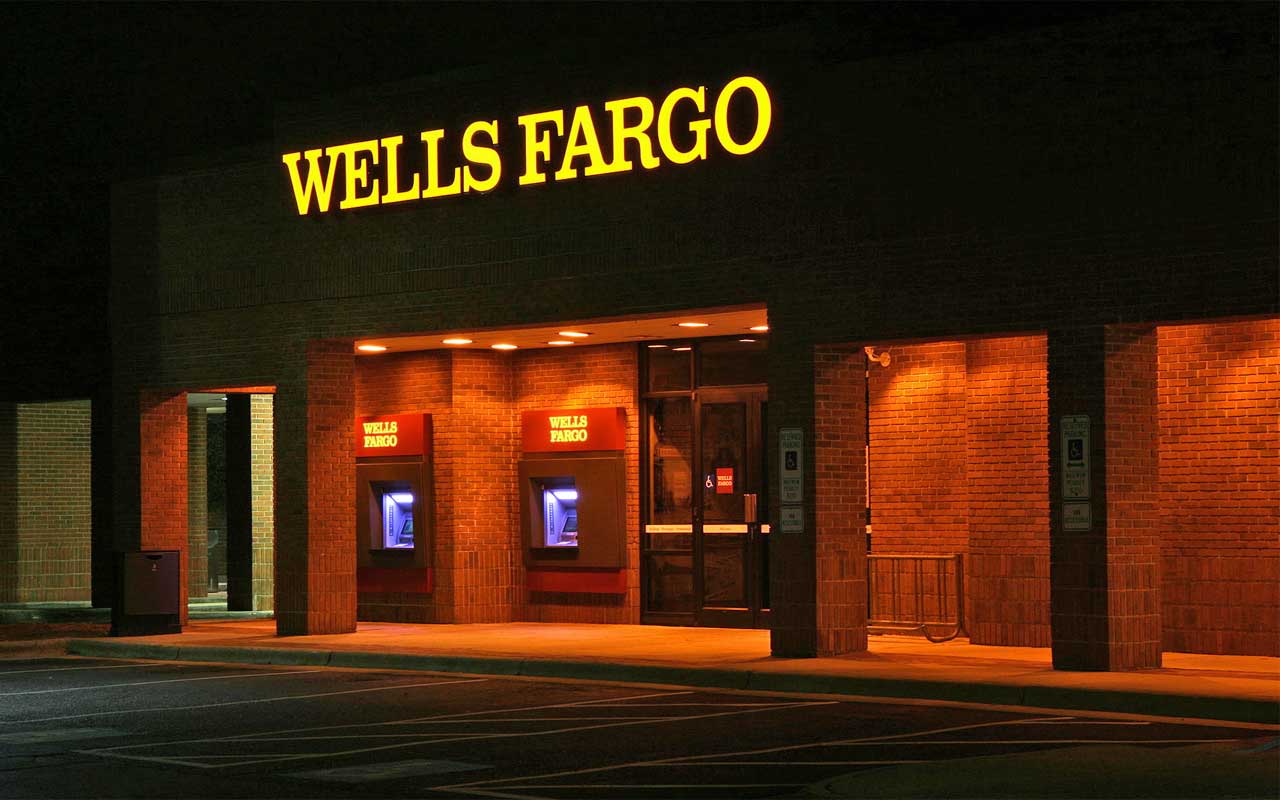
Wells Fargo
- Share price: $50.51Market capitalization: $255.4 billionFive-year beta: 0.93Five-year relative volatility: 1.19One-year total return: -4.9%Estimated earnings per share: 2016, $4.12; 2017, $4.41Price-earnings ratio: 11Current yield: 3.0%
- SEE ALSO: Stocks Warren Buffett Is Buying
One of Warren Buffett’s core holdings, Wells Fargo (WFC), looks cheap thanks to Wall Street worries about increasing regulation and potential credit-quality problems in the oil patch. Though these concerns are valid, many observers consider Wells, the nation’s largest banking company (by stock market value), to be one of the best-run banks and one of the best-suited for navigating the challenges the industry faces.
Wells has managed to eke out profits even in the worst of circumstances—including throughout the financial crisis, when many of its competitors were bleeding red ink. James Morrow, comanager of Fidelity Equity Income Fund, is bullish on Wells. “A lot of people are still scared of banks, but they’ve increased capital and are selling at steep discounts to their historic values,” he says. “This is a perfect example of where you can buy a high-quality company for a reasonable price because the sector is not loved.”
Profit and prosper with the best of Kiplinger's advice on investing, taxes, retirement, personal finance and much more. Delivered daily. Enter your email in the box and click Sign Me Up.

-
 What You Learn Becoming Your Mother's Financial Caregiver
What You Learn Becoming Your Mother's Financial CaregiverWriter and certified financial planner Beth Pinsker talks to Kiplinger about caring for her mother and her new book.
-
 I want to help pay for my grandkids' college. Should I make a lump-sum 529 plan contribution or spread funds out evenly through the years?
I want to help pay for my grandkids' college. Should I make a lump-sum 529 plan contribution or spread funds out evenly through the years?We asked a college savings professional and a financial planning expert for their advice.
-
 3 Major Changes Investors Must Prepare for in 2026
3 Major Changes Investors Must Prepare for in 2026A possible stock market bubble. Trump accounts. Tokenized stocks. These are just three developments investors need to be aware of in the coming months.
-
 Stocks Close Out Strong Month With Solid Amazon Earnings: Stock Market Today
Stocks Close Out Strong Month With Solid Amazon Earnings: Stock Market TodayAmazon lifted its spending forecast as its artificial intelligence (AI) initiatives create "a massive opportunity."
-
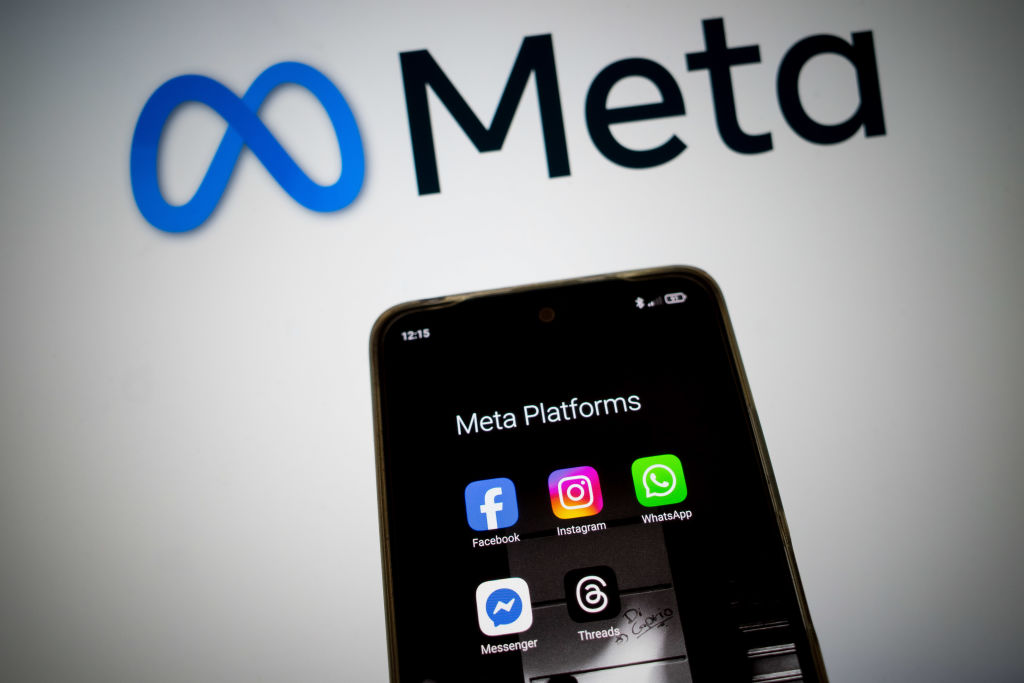 Stocks Sink with Meta, Microsoft: Stock Market Today
Stocks Sink with Meta, Microsoft: Stock Market TodayAlphabet was a bright light among the Magnificent 7 stocks today after the Google parent's quarterly revenue topped $100 billion for the first time.
-
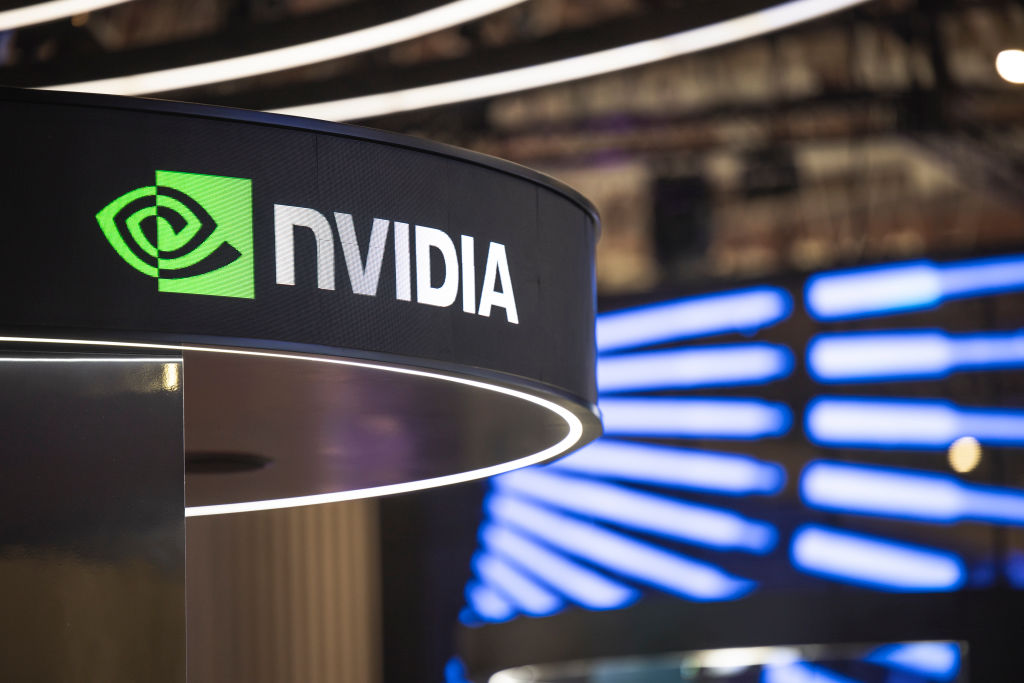 Dow, S&P 500 Slip on December Rate Cut Worries, Nvidia Boosts Nasdaq: Stock Market Today
Dow, S&P 500 Slip on December Rate Cut Worries, Nvidia Boosts Nasdaq: Stock Market TodayNvidia became the first company ever to boast a $5 trillion market cap, but it wasn't enough to lift the Dow and the S&P 500.
-
 Stocks Hit Fresh Highs Ahead of the Fed As Earnings Pump Optimism: Stock Market Today
Stocks Hit Fresh Highs Ahead of the Fed As Earnings Pump Optimism: Stock Market TodaySHW and UNH were two of the best Dow Jones stocks Tuesday, thanks to solid earnings reports, and MSFT closed with a $4 trillion market cap.
-
 US-China Trade Hopes Send Stocks to New Highs: Stock Market Today
US-China Trade Hopes Send Stocks to New Highs: Stock Market TodayApple and Microsoft are on track to join Nvidia in the $4 trillion market cap club.
-
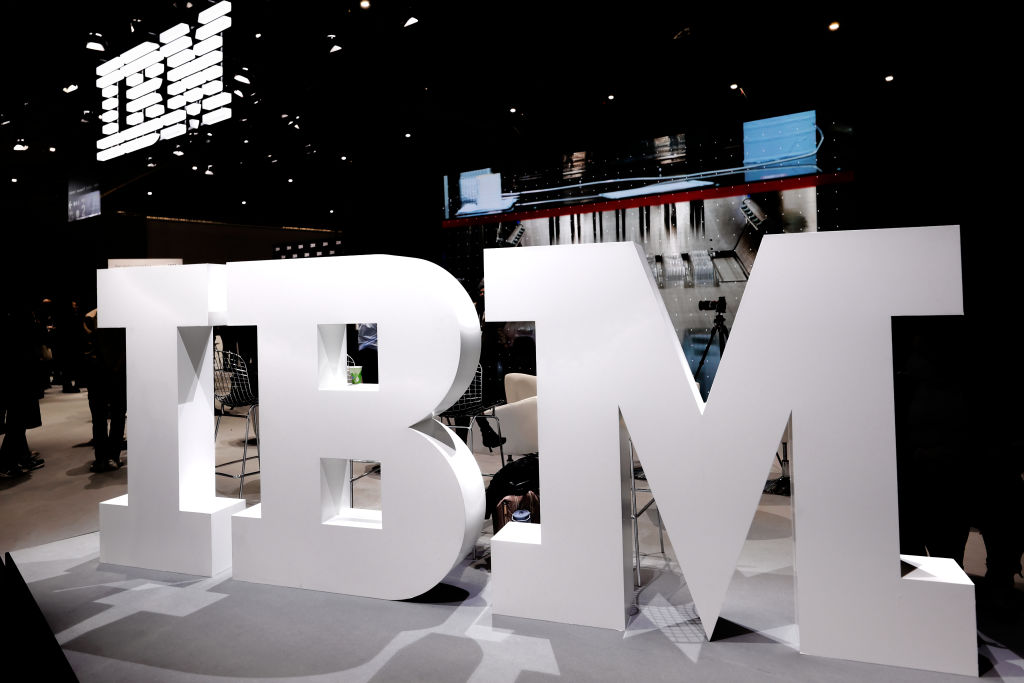 Dow Adds 472 Points After September CPI: Stock Market Today
Dow Adds 472 Points After September CPI: Stock Market TodayIBM and Advanced Micro Devices created tailwinds for the main indexes after scoring a major quantum-computing win.
-
 Honeywell Leads Dow Higher: Stock Market Today
Honeywell Leads Dow Higher: Stock Market TodayOil prices got a lift after the Treasury Department announced new sanctions on Russia's two largest oil companies.
